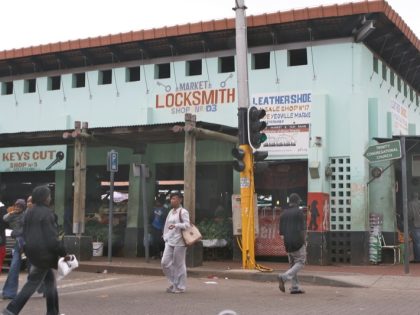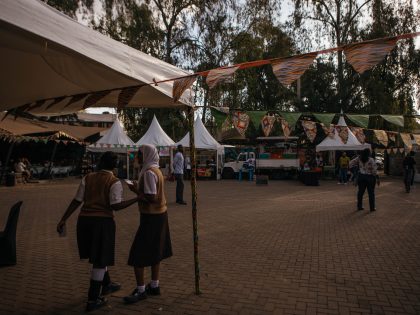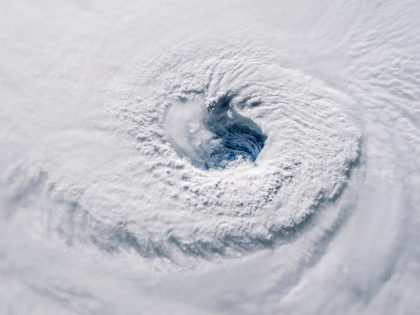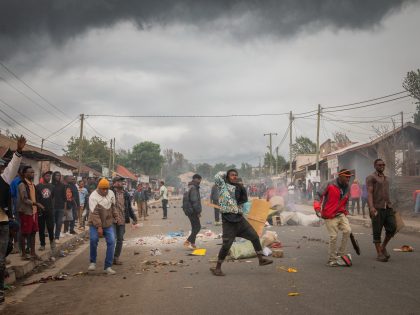If dolls never die, neither does their past
The artist Gérard Quenum's work suggest that society’s collective bad parenting and maltreatment cannot ever, completely ransack the spirit.

As the Beninese proverb rings out, “an old story does not open the ear as a new one does.” No illusions exist in here. If dolls never die, neither does their past. Much like the synthesized histories present in Gérard Quenum’s new sculptural works at the October Gallery, they will now, not die. Yet the gallery space simmers with an unsettling, murderous oppression and the stench of premature obituaries. These triumphant, looming figures demand a reactive first reading from the viewer, of haunting visions. They detain you by their presence, as they begin — from their distant glassy eyes, or defunct holes of the doll figureheads — to question you. Quenum’s aesthetic, his concentrated palette; a hue of black and a gamut of browns, with intricate punctuations of colour, mostly crimson red cloth produces a very particular kind of mausoleum.
Commanding the majority of the gallery floor is ‘Mort au dictateur. Vive la dictature!’ (Death to the Dictator, Long Live Dictatorship!). A rolling procession of child-like tanks composed from exhausted mortars, helmets and a singular doll’s head. Low in height and linear, the piece speaks in a muffle of the abhorrent history of dictatorship, but infers a more direct association with the recent fall of Gaddafi. There is a circularity at play, as Quenum describes: “a new leader is installed and the game begins again. So even though the dictator is dead, the insidious system of Dictatorship creates a new vision that’s exactly the same.” The sculpture gives birth to a layered concept of unerring disquiet. Creating a vast schism between such a vision of horror and its unchanging repetition, within the frame of an innocent childhood game, placing a child’s position in dialogue with their bounded imagination’s landscape and the adult reality.
Each of the plastic, mass-produced dolls heads; worn mortars, discarded beads, cloth, metal piping, shells and large recovered pieces of wood, have all been rescued by the artist. Before Quenum begins to assemble, he listens in to his objets trouvés. Explaining that he “can’t work with any object that’s brand-new or completely clean, since it wouldn’t contain that essential vibration which allows me to intuit things about which it’s trying to tell me.” He acts as a receptive, sensitive therapist, before he can start to resurrect, nourish and transform. Claiming that when putting them together “it’s as if another life begins.” But this is not a religious purification, or righteous resurrection; it is everything at once, with all its scars, blemishes, blisters and perversions intact, simultaneously.
Following from the artist’s excavation of each objects past, the pre-existent stories of his rescued dolls, his treatment of their heads varies. From a gentle positioning, leaving mud — and with it their history — to dry upon their faces, to scorching them with a blow torch, cauterising their skin and hair, a seemingly violent reclamation of their origin, from Western aid packages, sent away for their next life with African children. Eventually discarded, all stories and projections are still present. All of the freestanding sculptures that dominate Quenum’s new works are all composed of variegated wooden anatomy, with differing limbs and appendages. Quenum appears to favour the use of an absurdist scale, best represented in his piece (above) ‘En jouant les gros-bras’ (Flexing Muscle) in which a doll’s arm juts out, humorously in a ‘clenched fist’. A well-worn symbol of solidarity, unity and strength, next to a minute doll’s head on top of a towering torso.
Quenum becomes a ventriloquist. He allows the dolls to reveal and recite their own histories while projecting his intentions into them, all spoken complete, in his own distinct precise voice. With such a cacophony of embedded histories accommodated within each object that Quenum recovers from his urban landscape. That “might have served for decades as drums, mortars to grind food, or as pilings that supported the houses of peoples living on the lagoons around Porto-Novo,” in Benin. It is therefore dizzying — especially with the inclusion of the dolls’ heads — that once assembled, it doesn’t diffuse each pieces potency, silencing its ‘vibration’. But this serves as a testament to Quenum’s craft and plasticity as author. An overarching master of narration, with bravery and delicacy steers his collected histories towards his own semantic ends, safely.
Each figure presents a conflicting image of ourselves, not as infants, but the infant innocence and truths cloaked within a layered adult. Buried parts of ourselves that yearn for the comfort of truths, however feral, over illusions. These works unearth such a propensity, placing your innocence and vulnerability back on your skin. By the instigation of a reconciliation; that as we peer into the darker visions of life, the more cleansed we become because of it. Within Quenum’s challenging and bleak stage, he has amassed an apocalypse. But not a universal, widespread disaster or wasteland, barren. But from the original Greek translation, apocalypse, as a revelation of something hidden. Artefacts that victoriously proclaim — with fertility — the permanence of human endurance to outside agents. That society’s collective bad parenting and maltreatment cannot ever, completely ransack the spirit. That like well-formed thoughts, art transcending death, we never really die and neither do dolls.



















